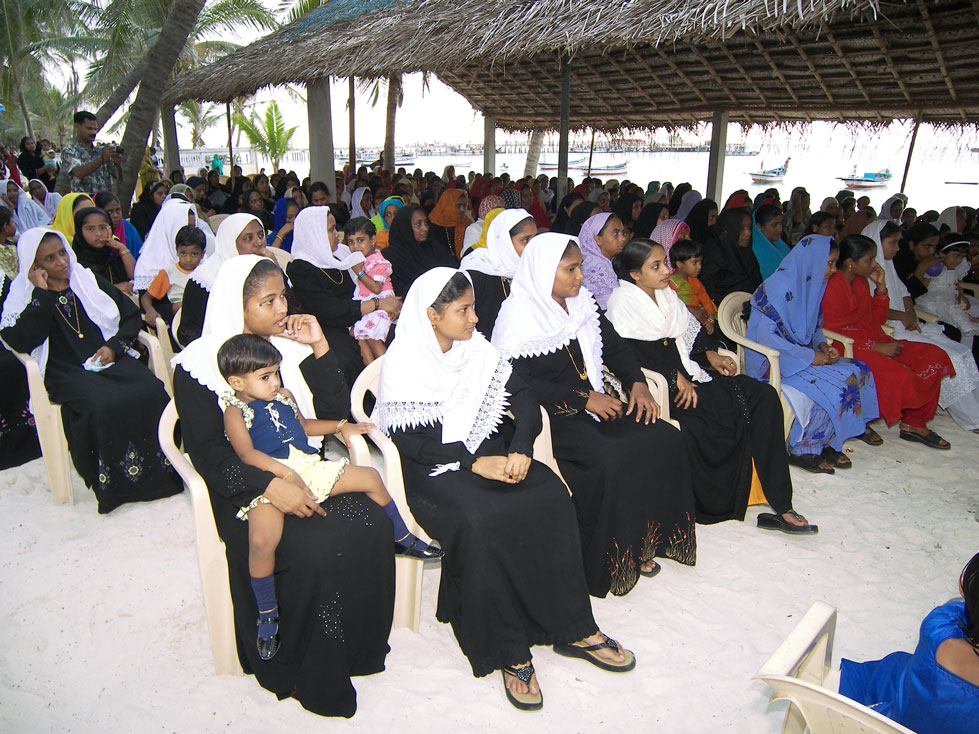
The Union Territory of Lakshadweep, which has to its credit the youngest MP in the Lok Sabha, now has another feather in its cap — it has the largest number of households headed by women in the country.
The Lakshadweep group of islands, off the western coast, has 43.7 per cent of households headed by women.
Its MP Hamdullah Sayeed is the youngest in the Lok Sabha at 30 years.
Kerala, where some communities follow the matriarchal system, comes next with 23 per cent homes headed by women.
In India, about 27 million households, constituting nearly 11 per cent of the total households, are headed by women.
This finding was revealed in a census of “Female Headed Households” released here on Friday by Minister of State for Home Affairs R.P.N. Singh.
Inaugurating a National Data Dissemination Workshop organised by the Registrar-General and Census Commissioner, India, the Minister said such detailed statistics would help the Planning Commission and the government in finalising schemes properly.
He pointed out that “significant improvement” had been achieved in quality of houses but access to drinking water, electricity and sanitation were the areas where more needed to be done.
C. Chandramouli, Registrar-General and Census Commissioner of India, presented the highlights of Census 2011.
Less than half — 48 per cent — of the number of female-headed households have a toilet within the premises, while just over half — 59 per cent — of such homes have bathing facilities within the premises.
Other findings of the census are:
There are about 49 lakh single-member female households in the country with three-fourths of them living in rural areas.
In seven States — Chhattisgarh, Madhya Pradesh, Tamil Nadu, Andhra Pradesh, Maharashtra, Odisha and Gujarat — the proportion of single member female-headed households is more than 20 per cent.
The proportion of male-headed households has declined by 0.6 per cent in 2011 compared to 2001 while proportion of female-headed households has increased by 0.5 per cent in the same period.
More than 60 per cent of female-headed households have permanent houses while in the case of the Scheduled Castes and Scheduled Tribes, the percentage of such homes is at 55.8 and 33.4 respectively.
Members in around 18 per cent of female-headed households have to trudge more than 500 metres in urban areas and one kilometre in rural areas to access drinking water.
Around 45 per cent women-headed families live on one-room premises.
Around 45 per cent of these homes have television, in comparison to 47.5 per cent in male-headed homes.